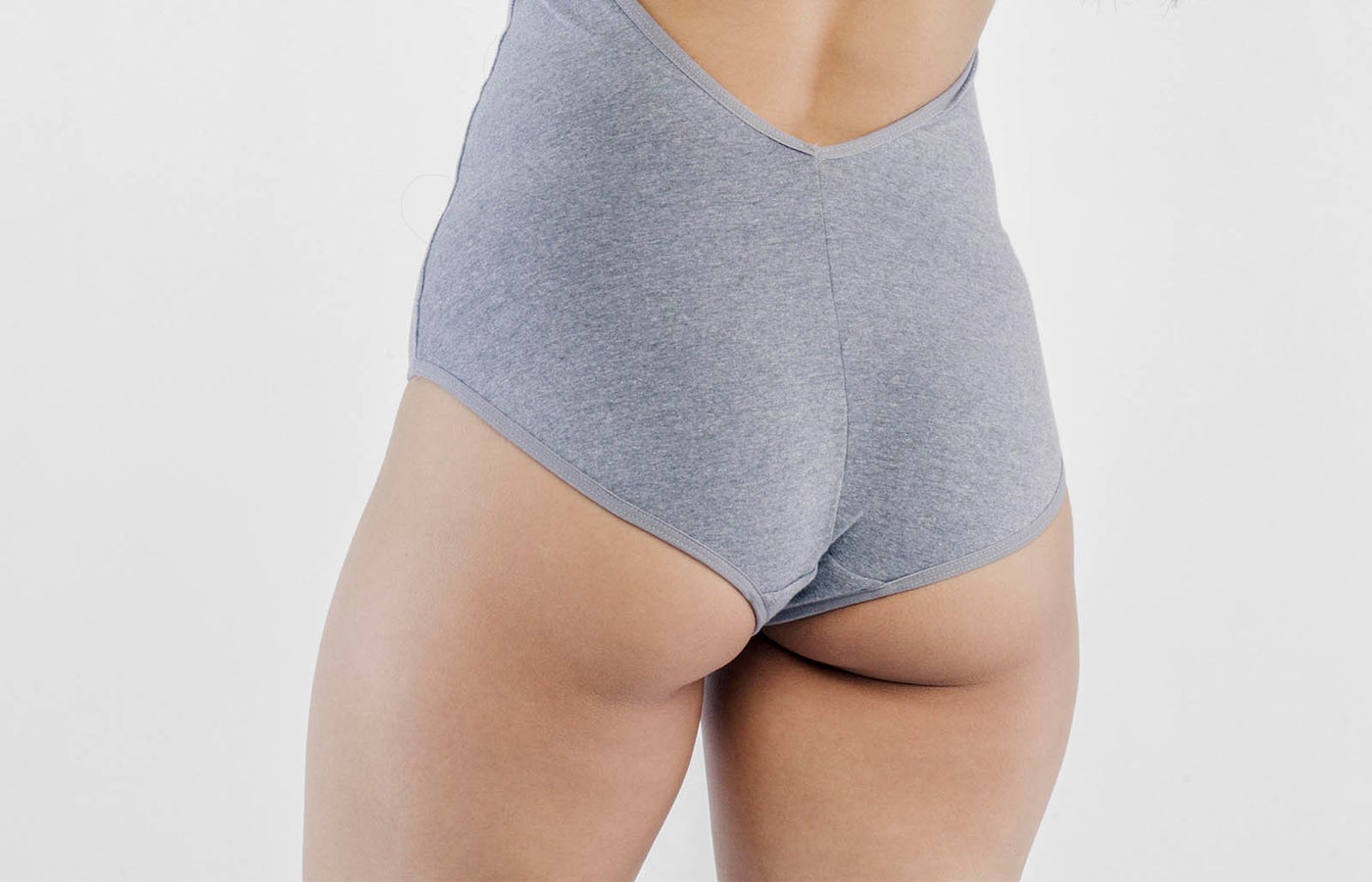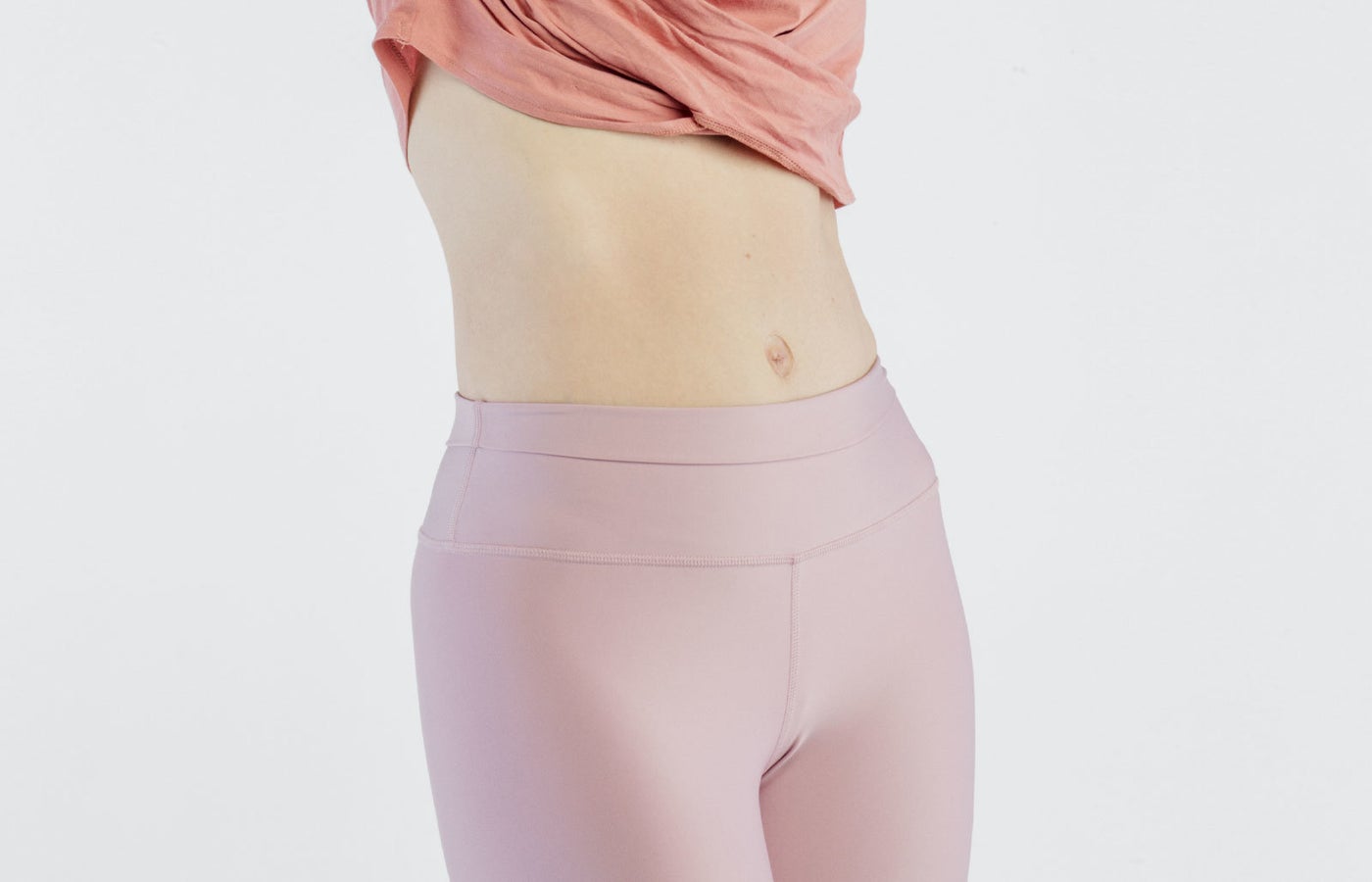Skin Tightening
Loose skin can be difficult to reverse, but thanks to cosmetic surgery, noninvasive treatments, and topical skin care, it’s possible to improve skin laxity, to varying degrees. Here, we break down everything you need to know about skin tightening.
Loose skin can be difficult to reverse, but thanks to cosmetic surgery, noninvasive treatments, and topical skin care, it’s possible to improve skin laxity, to varying degrees. Here, we break down everything you need to know about skin tightening.
Does loose skin go away?
Top nonsurgical options
Top surgical procedures


People develop loose skin for a variety of reasons, including genetics. Each of us inherits a tendency toward more or less skin laxity.
Other factors include:
- Sun exposure. The amount of UV exposure accumulated over a lifetime often contributes the most damage to collagen and elastin fibers in the skin’s dermal layer, accelerating sagging.
- Pregnancy. Saggy postpartum skin typically presents around the breasts and abdomen, where the skin stretches quickly during pregnancy.
- Aging. Collagen and elastin production slows dramatically as we get older, enhancing laxity. We also experience fat loss, muscle atrophy, and bone recession in the face, which causes the skin to sag and form folds, lines, and jowls. Over time, gravity also takes a toll.
- Weight loss. Loose skin can occur as a result of yo-yo dieting and major weight loss, especially after bariatric surgery. Even when a healthy diet is paired with strength training to build muscle mass, excess skin can remain.
The answer to whether loose skin goes away on its own depends on your age and how much loose skin you have. With age, reduced collagen, elastin, and fat—coupled with the pull of gravity—make skin laxity more pronounced.
If you’re in your 20s or 30s and dealing with loose skin from pregnancy or weight loss, your skin may have enough elasticity that mild to moderate skin laxity improves over time.
For facial skin, a dedicated skin-care routine, particularly including retinoids and sunscreen, can go a long way toward improving skin elasticity and firmness, while preventing visible signs of skin aging.
Very loose skin, especially after extreme weight loss (approximately 100 pounds or more), won’t go away on its own. Severe loose skin can be painful and cumbersome. It can even create medical complications due to friction and hygiene issues. Because of this, many people choose to have it removed surgically.
The skin tightening option that’s right for you depends on which area you want to treat and how much loose skin you’re dealing with, but doctors and RealSelf members say these nonsurgical treatment options can be effective.
- BodyTite uses radiofrequency energy to stimulate collagen production, tightening mild to moderate loose skin on the breasts, stomach, arms, chest, knees, and thighs. The minimally invasive treatment has a secondary benefit of liquefying fat, which can then be easily removed via liposuction. A BodyTite treatment takes roughly 30–45 minutes (longer, if there’s significant fat to remove), and some improvement can be seen immediately. However, swelling from the liposuction can take several months to completely resolve, and the tightening will continue steadily over the course of the next year as your body produces more collagen. According to a 2019 study, the best candidate for this treatment is someone who is already close to their ideal body weight, with only mild to moderate loose skin. Those with significant loose skin may require surgery. Find doctors who offer BodyTite
- SkinTyte supercharges collagen production with pulses of infrared light, which heat the deeper layers of skin. It’s ideal for treating mild to moderate loose skin on the face, neck, abdomen, arms, and thighs, although it can also be used on other areas of the body. Many doctors recommend a series of six treatments, spaced out over three months, to increase skin elasticity and firmness. The treatment sessions are less painful than a more aggressive option, like Ultherapy. Results can be seen roughly four months out and can last for up to two years, so long as you maintain a stable weight. Find doctors who offer SkinTyte
- Ultherapy is a nonsurgical, ultrasound-based treatment for minor to moderate skin laxity, including a lowered brow line, sagging jowls, a drooping neck, or loose skin around elbows and knees. Some doctors also use this treatment on the abdomen. The device works by heating tissue with high-focused, intense ultrasound energy, which tightens existing collagen and boosts its production. Ultherapy can be painful, so your doctor will likely give you pain medication prior to your procedure. Because the treatment targets the deep tissues while leaving the skin’s surface intact, downtime is minimal. You may see some slight immediate improvement, but the best results appear about three to six months after your procedure, with continued improvements for up to a year or more. Find doctors who offer Ultherapy
- ThermiTight is a minimally invasive device that uses radiofrequency energy to tighten skin by heating the underlying tissue. It’s commonly used on the face and body to lift the cheeks, neck, backs of the arms, abdomen, thighs, and knees. It’s also used to treat cellulite (though no one device or shot can completely eradicate dimpling). ThermiTight delivers radiofrequency energy via a probe that your doctor inserts under the skin; the heat contracts tissue and melts small amounts of fat. To tackle larger volumes of unwanted fat while firming the skin, surgeons pair the treatment with liposuction, for overall body contouring. Find doctors who offer ThermiTight
- Thermage uses radiofrequency energy to heat the dermal layer of the skin, boosting collagen production. It’s commonly performed on the face, but it can also target the elbows, knees, abdomen, and upper arms. It’s intended for mild cases of laxity. Find doctors who offer Thermage
Successfully treating more significant loose skin usually involves removing excess skin and redraping the remaining skin. These are the most effective surgical solutions.
- A tummy tuck (or abdominoplasty) tightens abdominal muscles and removes loose skin. It’s a major procedure, performed by a plastic surgeon, and is often combined with liposuction, to help sculpt the stomach and waist. Good tummy tuck candidates are typically postpartum women or folks left with moderate to severe loose skin following substantial weight loss. Tummy tuck surgery leaves a hip-to-hip scar, but it’s low enough to be concealed by underwear. The biggest drawbacks of the procedure are the long recovery time (two to three weeks, with full healing taking up to a year) and a complication rate of 3%—involving, most commonly, hematomas, infections, or blood clots. That being said, the procedure has one of the highest Worth It Ratings from RealSelf members. A board-certified plastic surgeon can talk you through all the pros and cons. Find surgeons who offer tummy tucks
- A body lift is actually a combination of several lift procedures—typically, a tummy tuck, arm lift, thigh lift, butt lift, panniculectomy, and/or a breast lift. (It does not involve the face or neck.) Some people only have an upper or lower body lift, but either way, it’s a long, involved surgery that requires a month of downtime, plus another few months before you’re fully healed. A body lift is the best option for patients with severe loose skin after losing a lot of weight and who need allover removal of excess skin. It’s highly customized, to address each patient’s particular needs. Find doctors who offer body lifts
- An arm lift removes hanging skin from under the upper arms, which often occurs as a result of aging or major weight loss. It’s considered a low-risk procedure, but it is still a major operation that leaves a lengthy scar and requires two to six weeks of recovery time. A plastic surgeon makes an incision from your armpit to your elbow. They remove excess fat and skin, resculpting the area before closing the incision. Find doctors who offer arm lifts
- A facelift repositions fallen tissues and removes excess skin on the face and neck. Incisions are made around the ears and/or just under the chin, and skin is gently redraped. It’s a major outpatient procedure, but results are far more dramatic than you’d get with noninvasive treatments, and they last for 10 years or more. When performed by a board-certified facial plastic surgeon, a facelift can look very natural. Find doctors who offer facelifts
- A breast lift surgery raises sagging breasts by removing redundant skin and repositioning nipples. Some patients also opt to have a breast reduction or implants during the same surgery, while others just want the lift. The procedure requires one to two weeks of downtime, and final results develop between three months and a year later. Find doctors who offer breast lifts
- A neck lift tightens the platysma muscle and, depending on the specific procedure, can also remove fat from beneath the muscle, along with excess skin. The neck is particularly prone to sagging as a result of gravity, excess fullness, and the separation and drooping of the platysma muscle. Every sagging neck has a unique set of causes, and a good surgeon can determine the culprits. Many patients opt to have a neck lift performed simultaneously with a facelift, but you and your doctor can determine the best course of action to achieve your goals. Find doctors who offer neck lifts
Updated July 6, 2021










